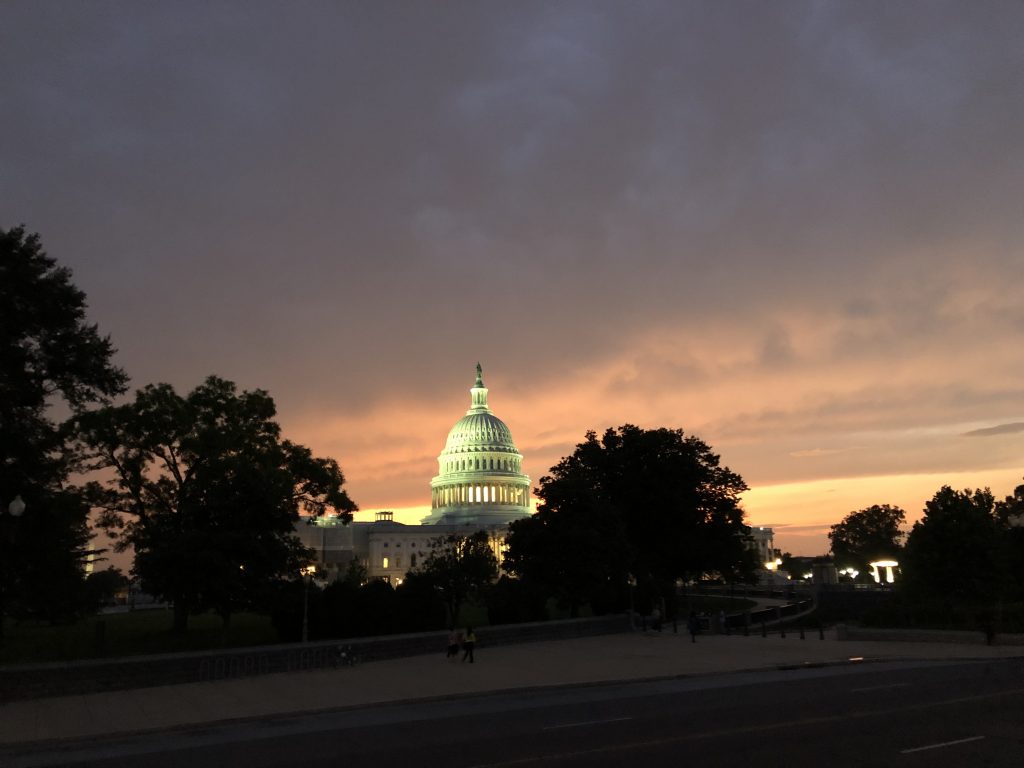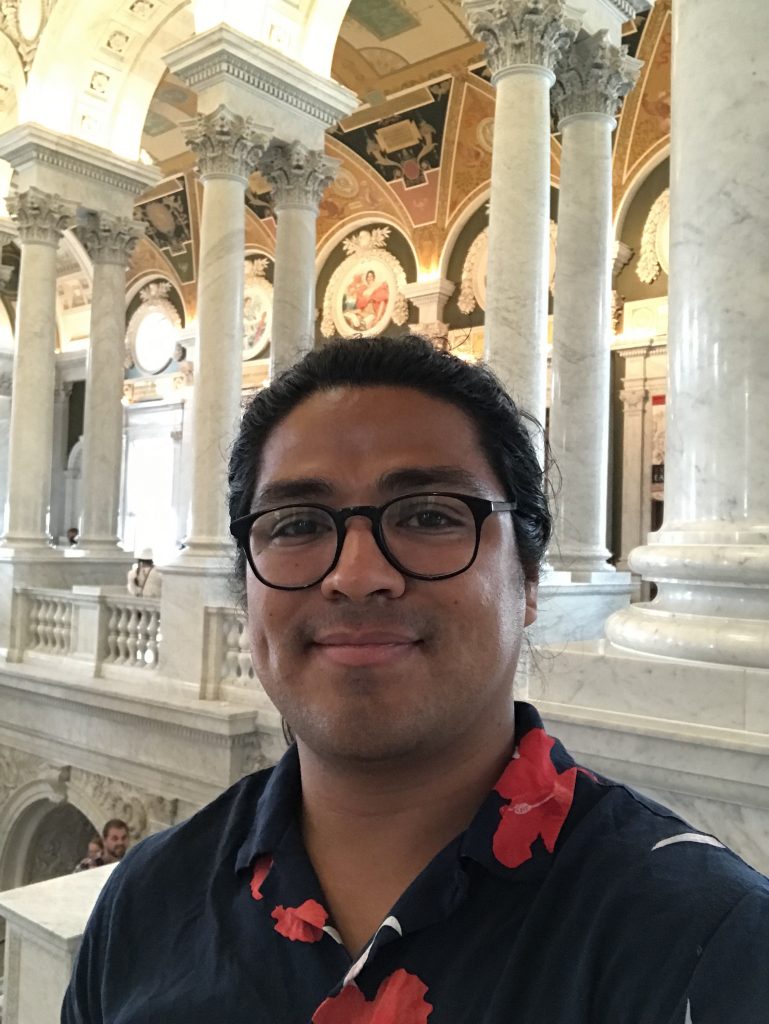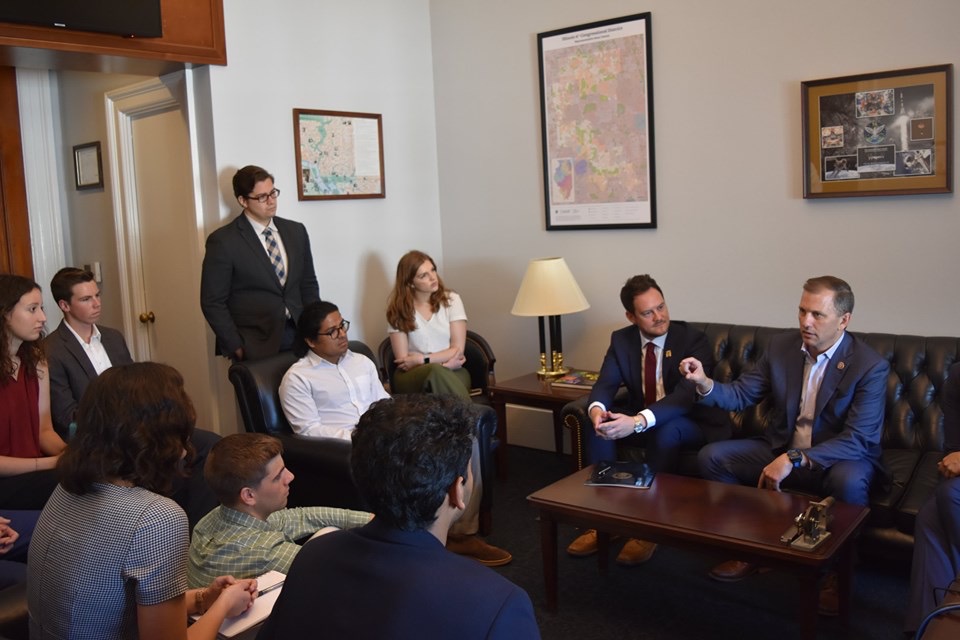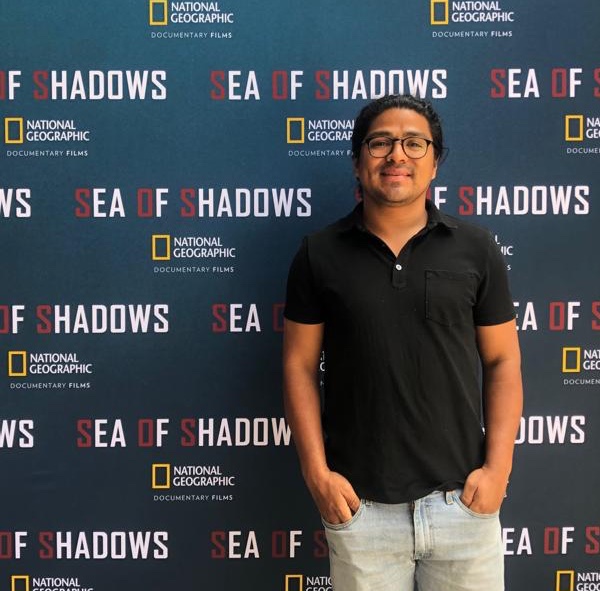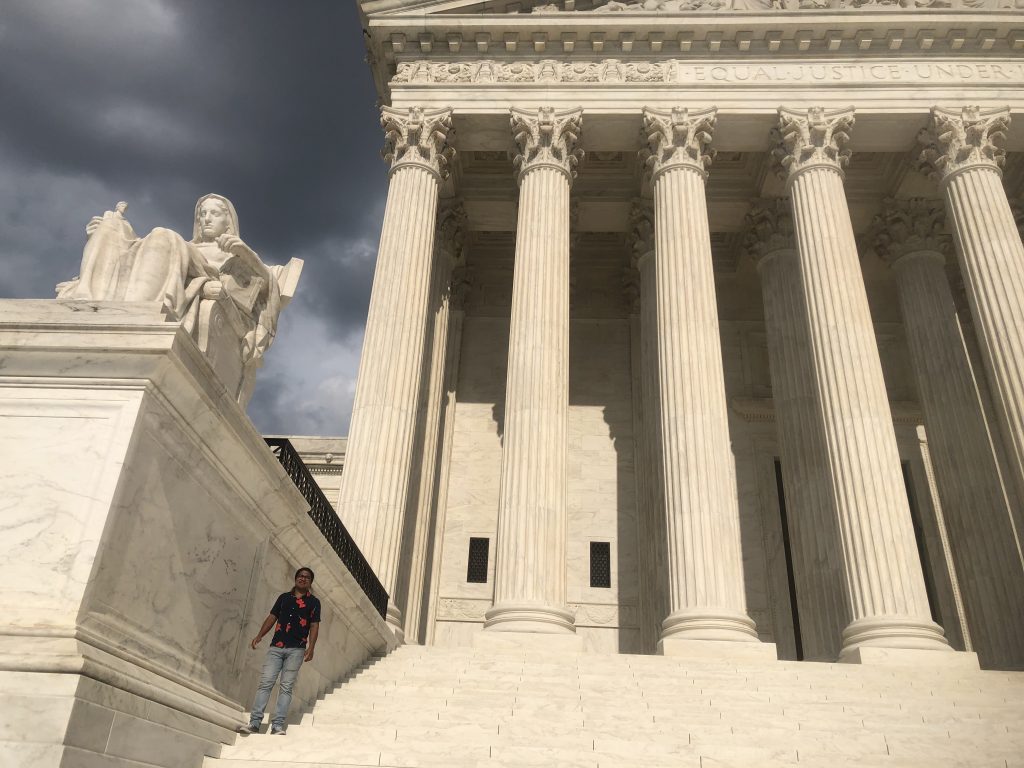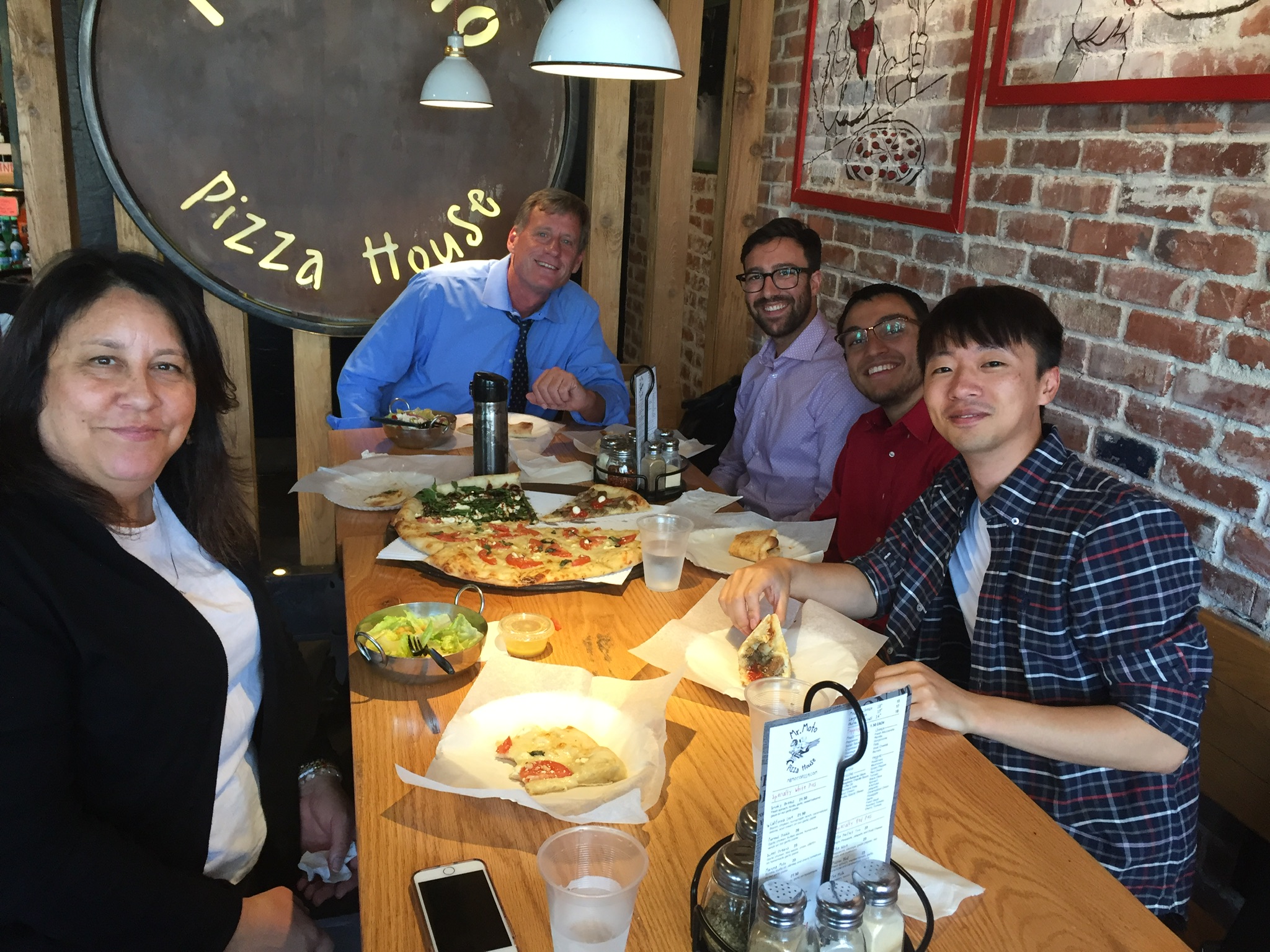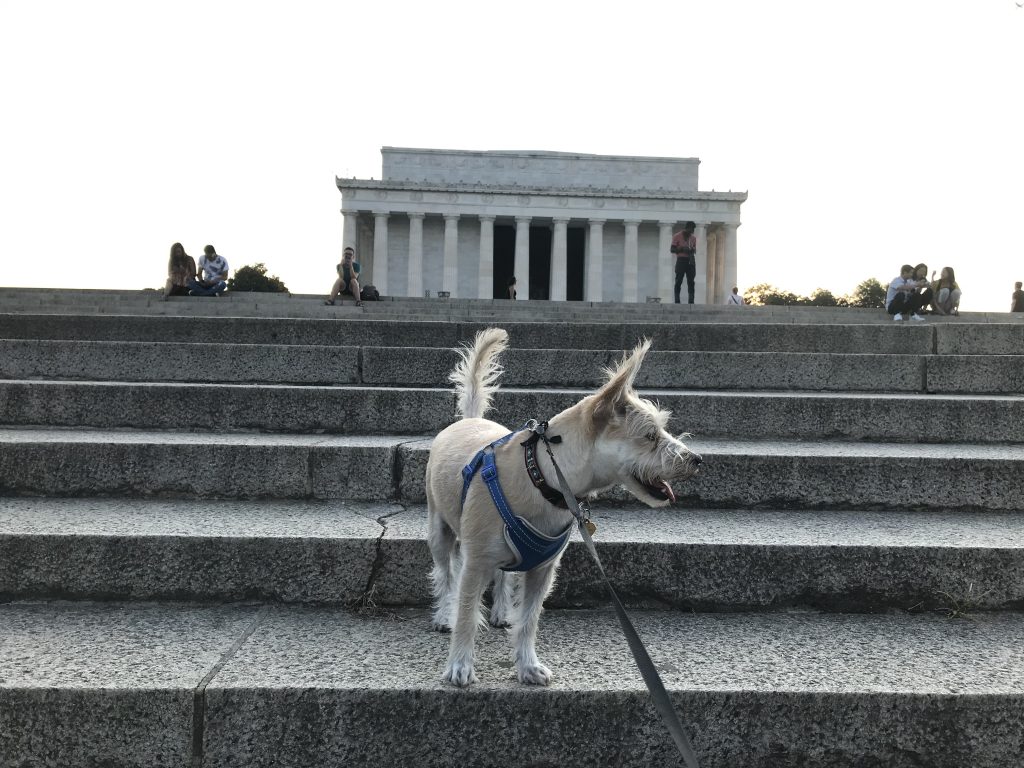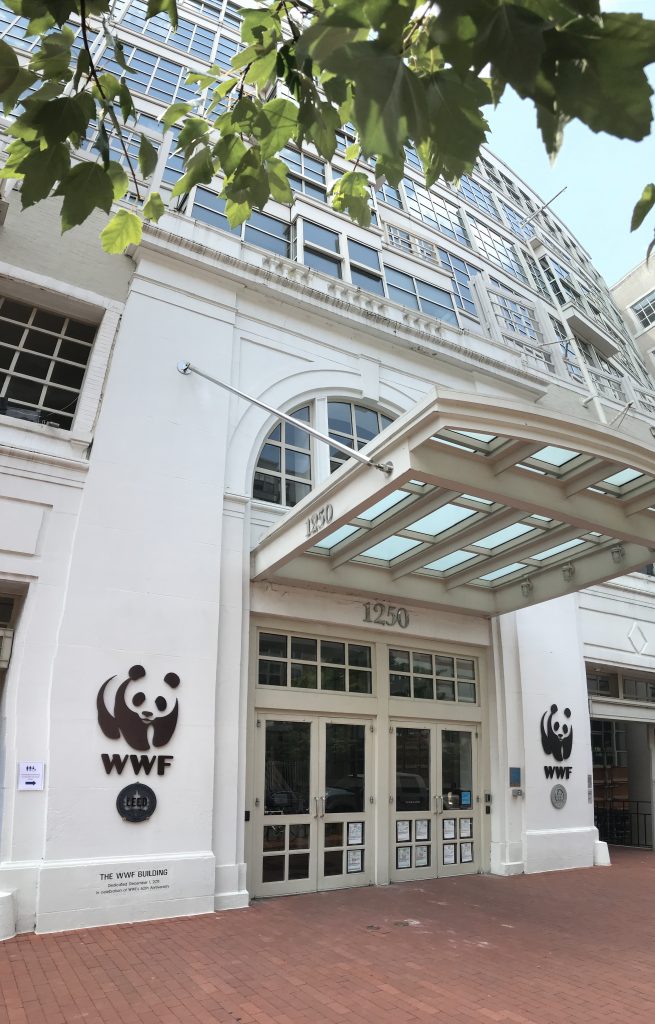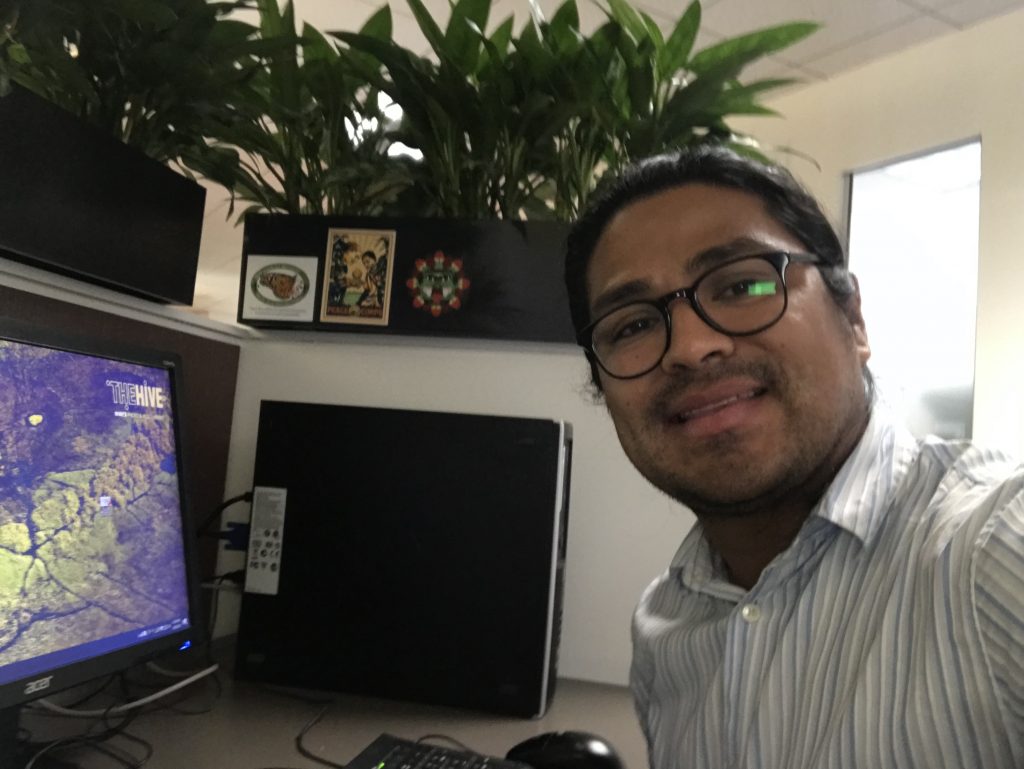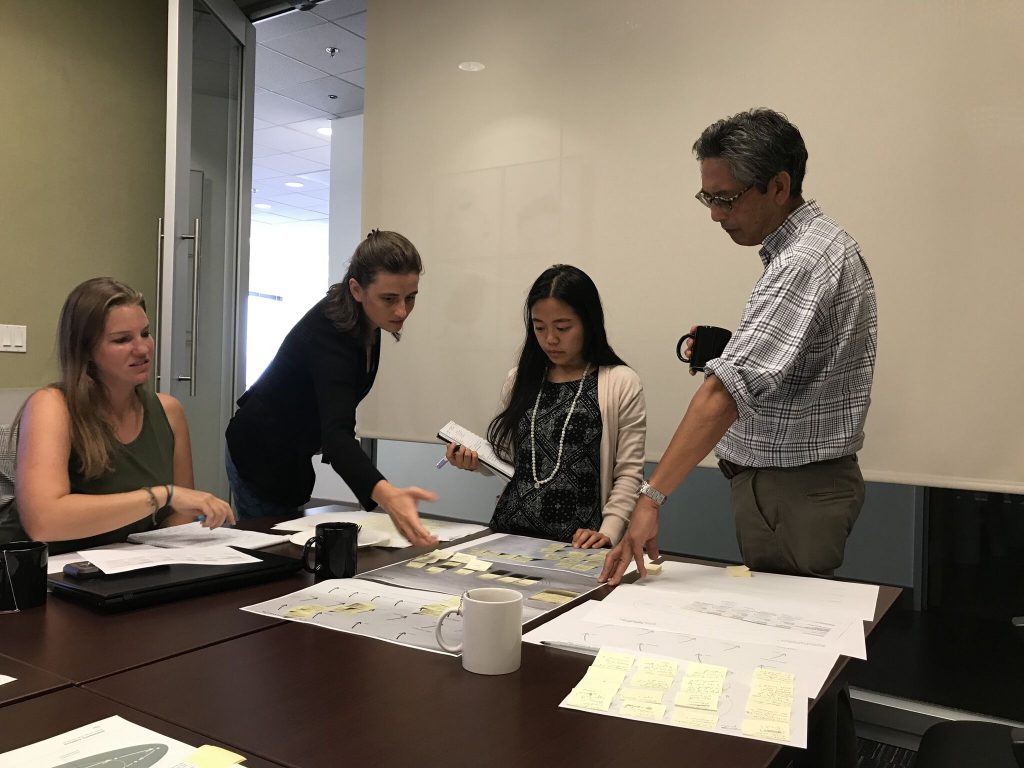September 12, 2019
It has been a month and a half since my last blog post. Since then my life has been filled with some amazing highlights, but also with some very difficult times.
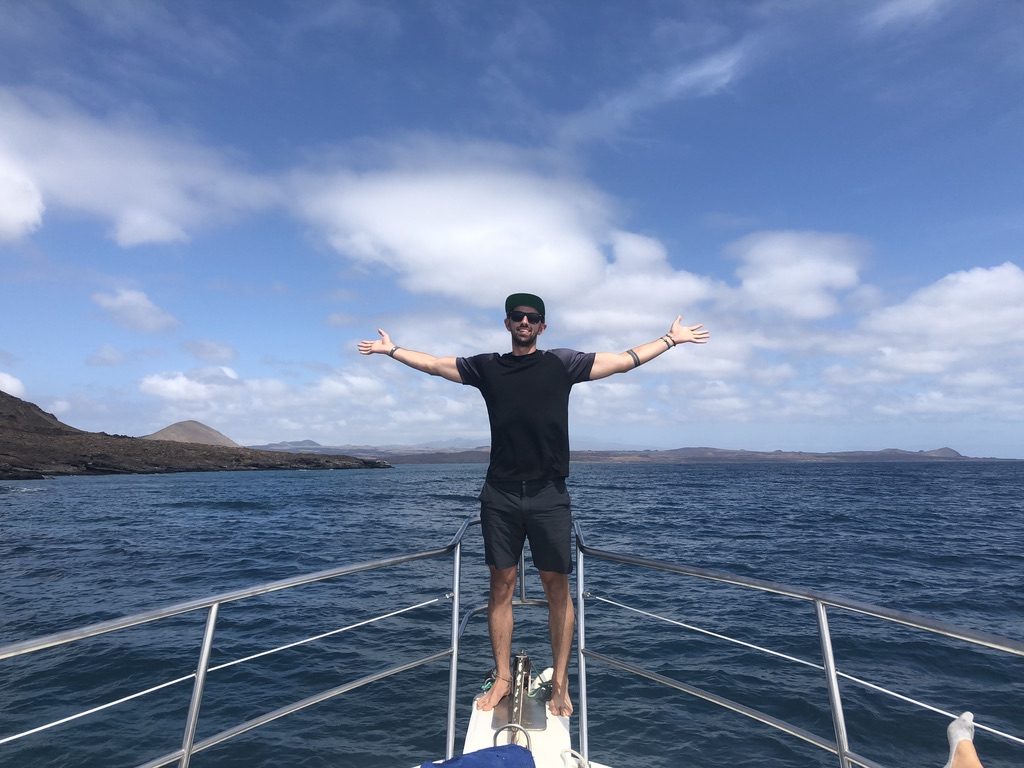
I had the opportunity to accompany a patrol trip from the island of Santa Cruz to the island of Isabella. When we arrived in the bay at the southern end of Isabella, we boarded a large container ship that was about to leave for Guayaquil. Accompanied with several park rangers, a naval officer, a police and a police dog we proceeded to search the ship for any illegal substances. We were primarily looking for signs of illegal fishing; specifically shark fins. Nothing was found but it was great to see how one of these patrol inspections go.
Back in the National Park Office I had been continuing to work on the procedure’s manual with Harman. By now I had made several solid groups of friends who I would go with to surf or explore other parts of the island of Santa Cruz on the weekends.
Unfortunately, during the first week of August I received some bad news from back home. My grandfather, who had been diagnosed with cancer several months earlier, was not doing well. After talking to him on the phone I made the decision to book a flight home. I spent two weeks back in California and had the opportunity to spend time with him and my family. He sadly passed away on August 16th. I was lucky enough to have over a week with him before he passed, and I was able to be there for the funeral which took place on the 18th. I returned to Galapagos on the 22nd and was met with support and kindness from everyone I work with at the park and WildAid.

I had been continuing to work on the manual at national park when I was abruptly told that I would be part of a large expedition going to the island of Española for 7 days. The day before we left, we were given a full orientation. The park was partnering with a group called Galapagos Conservancy to monitor and count the albatross and tortoise population. Furthermore, some of the tortoises, which had been reintroduced on the island several years ago, would be taken back to be as first members of a reintroduced population on the island of Santa Fe.

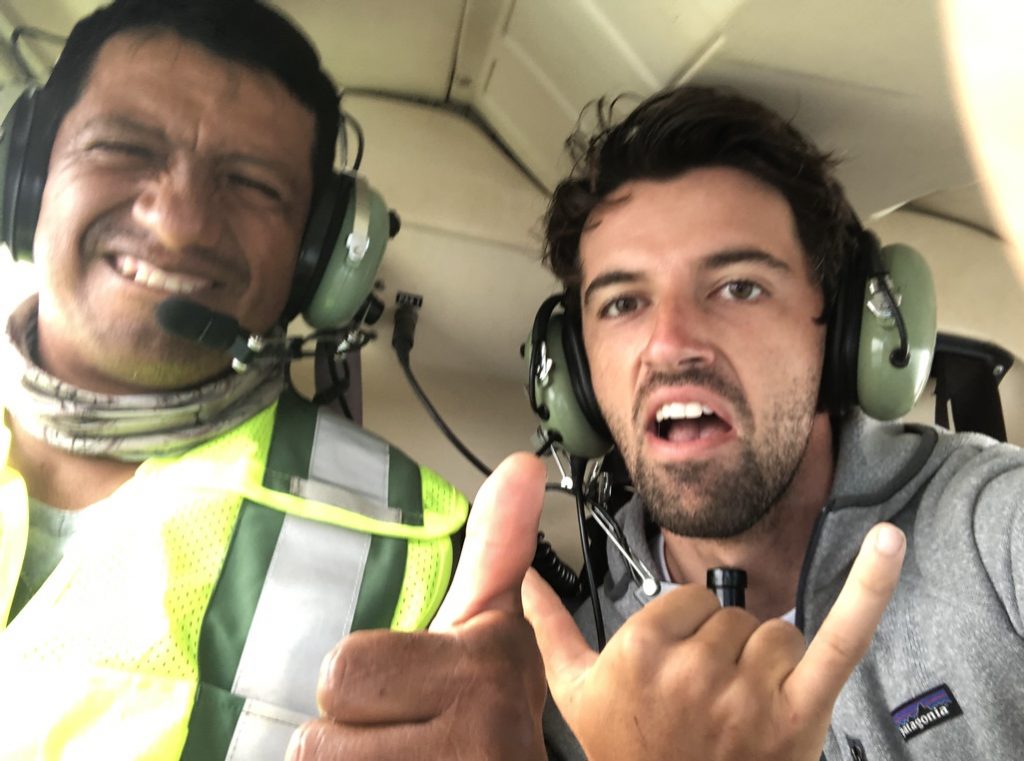
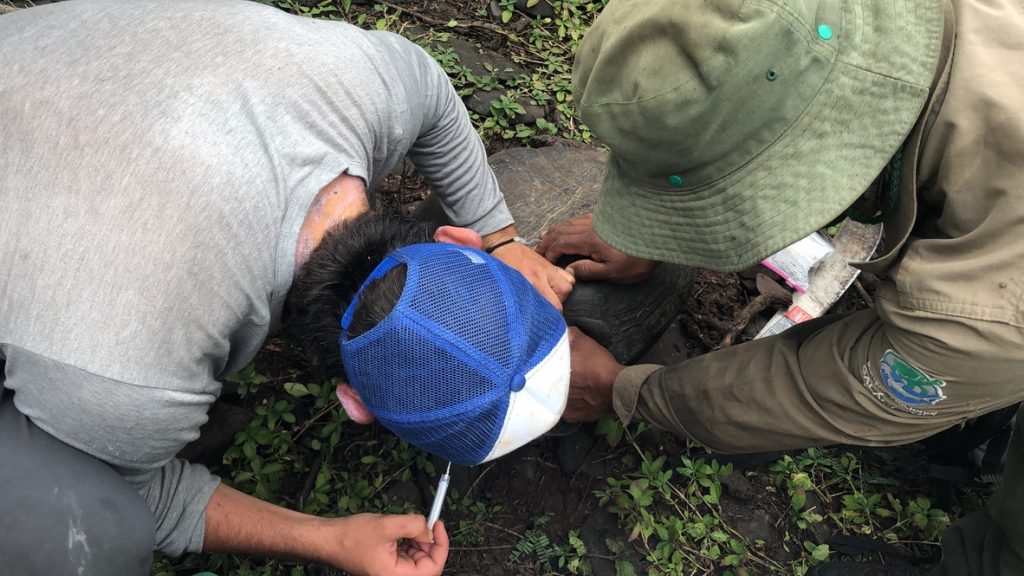
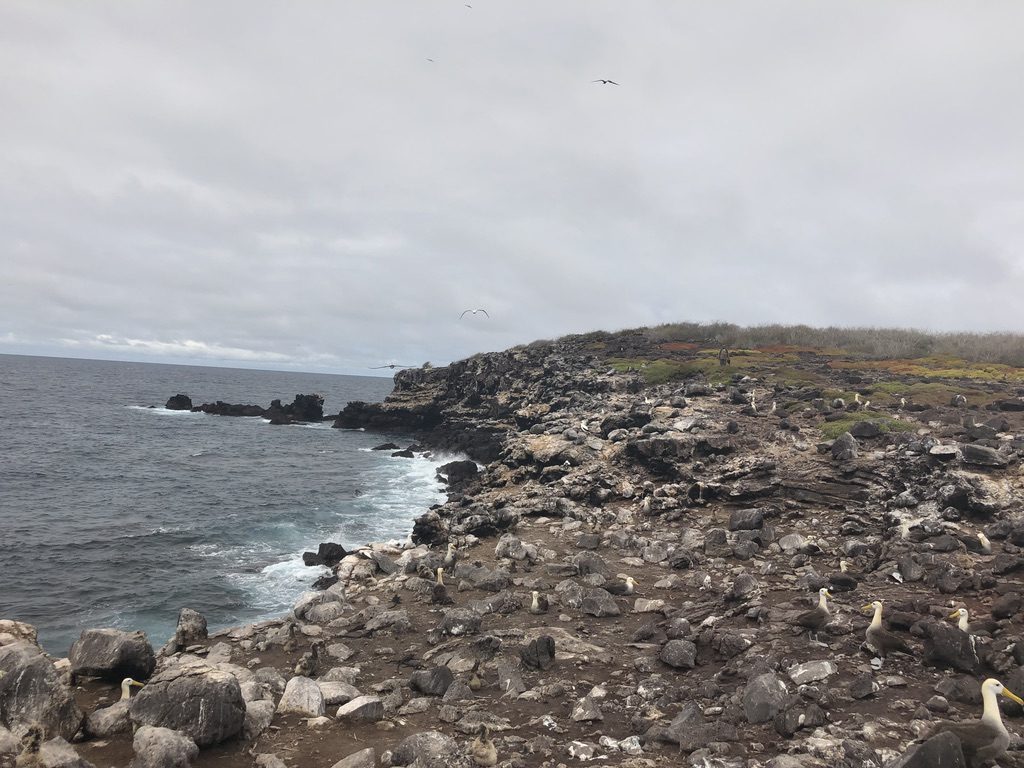
We were split into 10 different groups to cover the entire island. I was to be in a group of three on the far side of the island primarily counting albatross, but also examining the tortoises. On the day of the trip we all boarded the National Parks largest boat, La Sierra Negra, and accompanied with a helicopter made our way to Española. When we arrived to Española my group was flown by helicopter to the far side of the island where we would be camping and collecting data for the next week. The first three days were tough as we had to hike between 10-20km everyday using machetes to cut through thick brush covered in thorns, but the experience was incredible. After day three the helicopter helped us move camps as we and dropped us much closer to the coast. Those last two days were fantastic as were constantly surrounded by albatrosses taking care of their fledglings, blue footed boobies, Galapagos Sea Lions, marine iguanas, humpback whales and a plethora of other bird species.


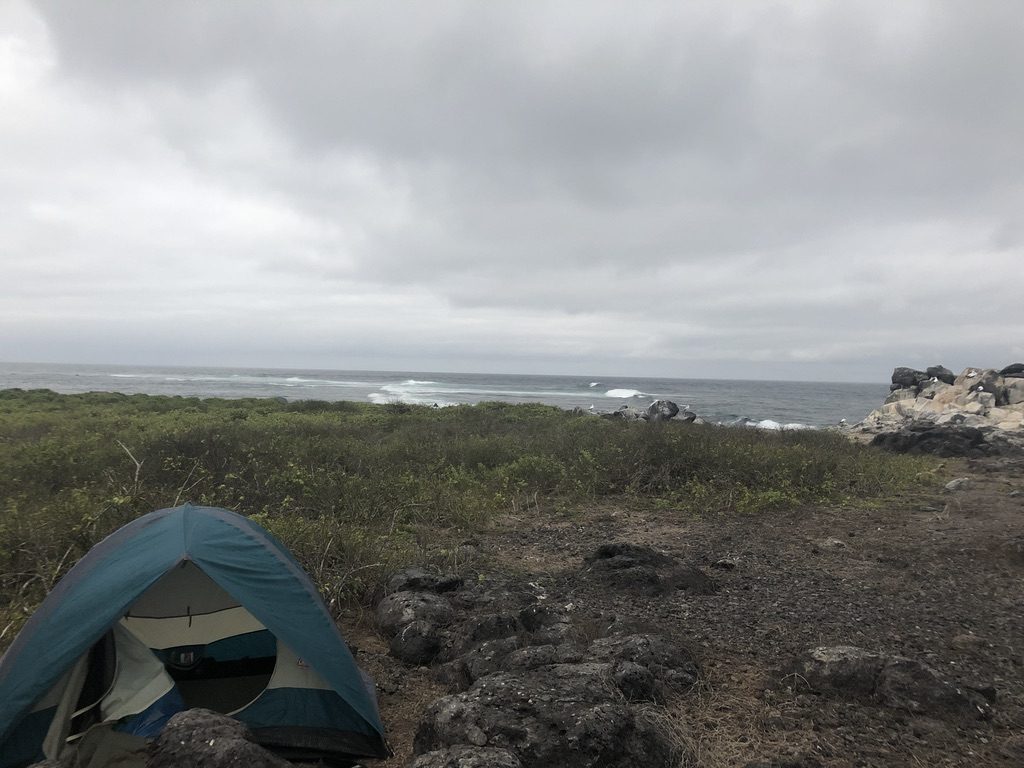
Upon arriving back in Santa Cruz (the island where I live) I went back to work on the procedures manual and started to help update an excel database of all the illicit activity committed by fishing and tourists boats in the Galapagos marine reserve.
The next week I had the opportunity to accompany a patrol team on a trip to la Base Bolivar, a patrol base on the far side of the island of Isabella. At this patrol base park rangers stay for two weeks at a time and monitor the surrounding marine area on a zodiac to make sure not illicit activity takes place in the area. I went with the resupply group to drop of two new park rangers and pick up the park rangers who had been stationed there. During the two-day trip we saw dolphins, sea turtles, manta rays, and whales.

That Friday of the next weekend while eating dinner with some friends, we met a tour guide operator who works out of Puerto Ayora, Santa Cruz. He said that in the morning he was going on a day-trip to an island known as North Seymour, and that he had extra spots on the trip which he would give me and a few friends for free! The next morning, we left on a bus bright and early to catch a boat on the other side of the Santa Cruz. The boat was much fancier than the National Park boats I was used to, and we were given a delicious breakfast. After a short boat ride, we arrived at North Seymour where we saw blue footed boobies, frigate birds and land iguanas. Then in the afternoon after lunch we went snorkeling with parrot fish.
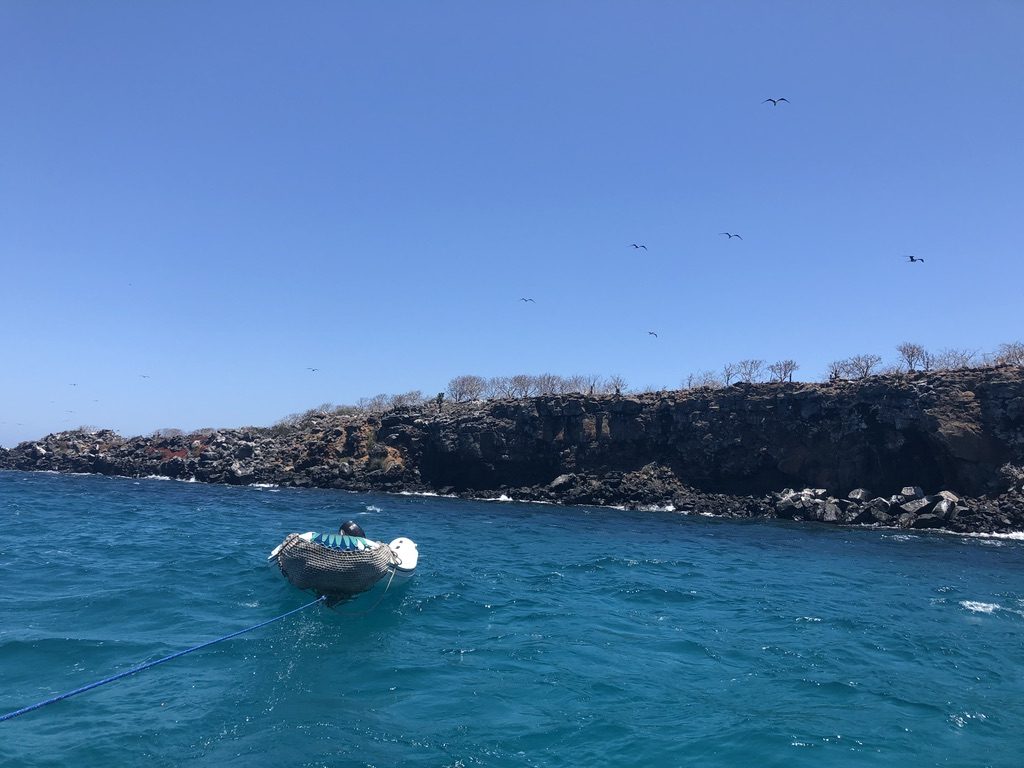

The next day with a group of friends we went on another boat trip, but this time to Bartalomé. While Bartalomé is a small island, it is the most photographed place in all the Galapagos. This is due to the epic spire that sticks up next to a gorgeous beach. We woke up early and once again took a bus to the other side of Santa Cruz, where another fancy boat waited for us. We were fed breakfast and coffee and told to prepare for an angry sea. It took a bit over two hours to get to Bartalomé and the boat was rocking for much of the trip. When we arrived we ate got off the boat and proceeded to hike up to the top of the inactive volcano on the island where you get the most unbelievable views of the beach, the spire, and the large island of Santiago in the background. After the hike we got back on the boat and got ready for some snorkeling. The snorkeling was a magical as there was a group of Galapagos Penguins swimming around us and playing in the water. Galapagos Penguins are the second smallest penguin in the world and the only penguin that can be found north of the equator.


Each of these trips was unbelievable and reminded me of why it is so important that we protect the Galapagos.

While talking to my boss Diana from WildAid about a week before we went on the trips to Seymour and Bartalomé, I mentioned to her that I am strongly considering veterinary school. She replied that WildAid also helps run a wild animal rescue hospital in Ecuador about two hours north of Guayaquil in Puerto Lopez, and that I could work there for a few weeks. This sounded like an amazing opportunity and I told her that I was extremely interested. While it didn’t seem that this was going to work out for a while, after discussing the topic more with her and other WildAid personal in Guayaquil I will be leaving the Galapagos on Wednesday to work in Puerto Lopez for my final two weeks. I am extremely excited and thankful for this opportunity and will continue to keep you all updated on how it goes.







